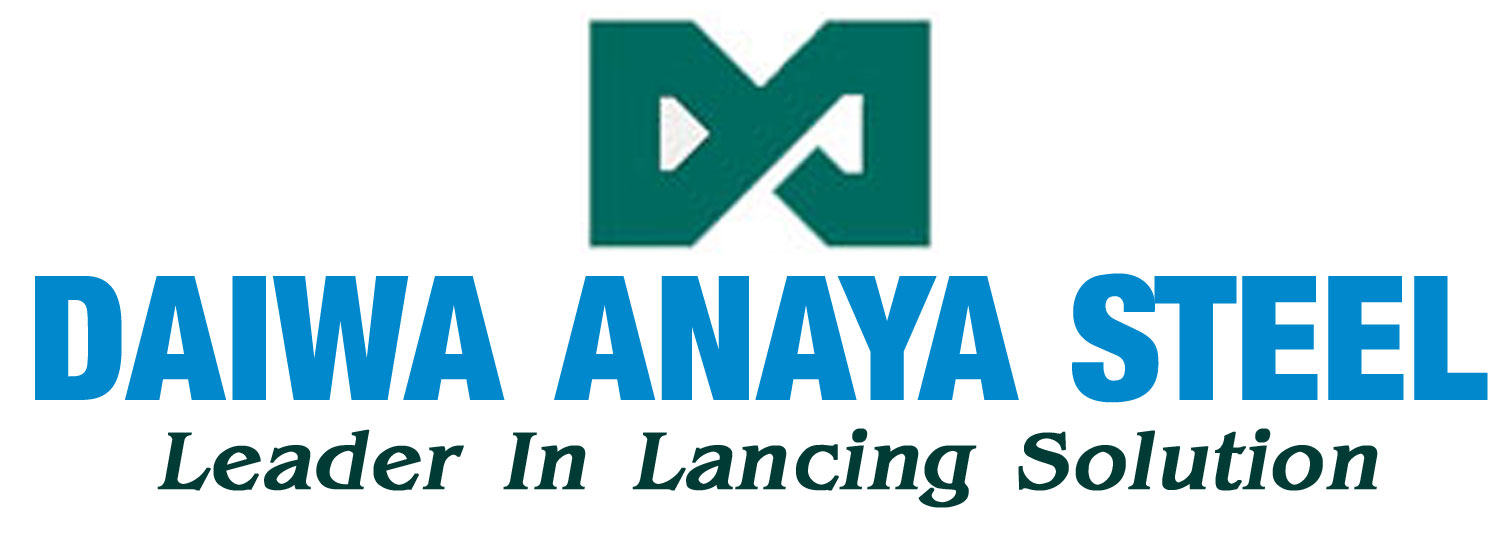
Thermal Lances are widely known for their ability to cut through extremely tough materials with speed and precision. But have you ever wondered what makes them so effective? The secret lies in their ability to generate heat far beyond the melting points of most metals, enabling them to melt and break through even the hardest materials with ease.
In this article, we’ll explain why melting points matter in Thermal Lance cutting, how they impact performance, and where this technology is used in real-world industries.
How Melting Point Matters in Thermal Lance Cutting
Source: Daiwa Lance International

Understanding the Melting Point of Materials in Thermal Lance Cutting
The melting point is the temperature at which a solid material changes into a liquid. Materials with high melting points require much more energy to break down, which is why traditional cutting methods often struggle with them.
Thermal Lances, however, overcome this challenge by generating extreme heat—up to 4,000°C (7,232°F). This temperature far exceeds the melting points of most ferrous and non-ferrous metals, allowing the material to melt quickly and be cut cleanly.
The higher the cutting temperature compared to the material’s melting point, the faster and more efficient the cutting process will be.

Determining Melting Points of Common Materials Before Cutting
Before cutting, it’s essential to understand the melting points of the materials involved. Ferrous metals like steel and cast iron, as well as non-ferrous metals such as copper and aluminum, each have different melting points.
In reality, most industrial materials are alloys rather than pure metals. Alloys often have higher melting points than base metals, making cutting even more challenging. Fortunately, the 4,000°C temperature capability of Thermal Lances ensures they can easily handle materials with both standard and elevated melting points.
Even with high-melting-point alloys, Thermal Lances provide a reliable solution for fast and efficient cutting.

Thermal Lance Cutting in Action: Real Applications
The relationship between melting points and cutting efficiency is best understood through real-world applications. Thermal Lances have proven to be versatile tools across multiple industries, including:
- Steel Mills: Drilling tap holes, cleaning converters, removing furnace slags.
- Scrap Yards: Cutting heavy steel scraps, cutting stainless steel components.
- Shipyards: Demolition of vessels, cutting special steel scraps.
- Foundries: Drilling tap holes, cleaning solidified metal spillages, cutting refractory materials.
- Mining and Heavy Maintenance: Cutting crusher jaws, drilling pins of heavy equipment.
- Construction: Demolishing concrete structures, cutting sheet piles.
- Offshore Operations: Cutting oil rigs at sea.
Different materials and applications may require different types of lance pipes to achieve the best cutting efficiency. Selecting the right combination ensures maximum performance and safety.

Conclusion
Understanding the role of melting points in Thermal Lance cutting helps industries make better decisions about tools, processes, and materials. With cutting temperatures exceeding 4,000°C, Thermal Lances remain one of the most effective and powerful solutions for high temperature cutting across various sectors. For more information, please contact our sales team at sales@daiwaanayasteel.com
Daiwa Anaya Steel Private Limited is a part of Anaya Steel, LLC (US parent company). Our company has over 30 years of involvement in steel products. It mostly deals in:
- Specialized steel hardware – punched, pressed, galvanized, powder coated.
- Steel pipes and tubing – specialized, color coated, galvanized and structural.
- Our Lance pipes are produced by Daiwa Lance International in Vietnam.
